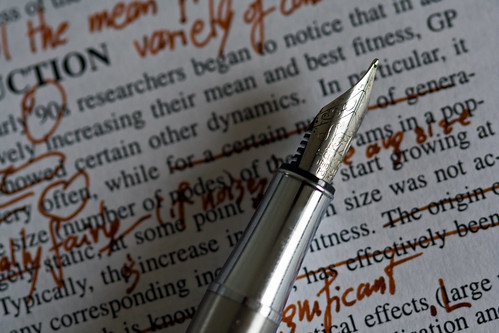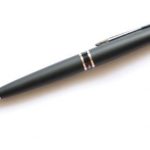Letter Etiquette: 6 Tips To Drafting a Professional Letter
Posted by aonenetworks On September 16, 2013 Business communications are a direct reflection of the business. Careful thought is often given to website design, logo layout, and social media posts, but then overlooked when corresponding with email and letters. All business documents should be a clear reflection of your business brand, and represent the culture you want to portray.
Business communications are a direct reflection of the business. Careful thought is often given to website design, logo layout, and social media posts, but then overlooked when corresponding with email and letters. All business documents should be a clear reflection of your business brand, and represent the culture you want to portray.
The world of texting, tweeting, and posting has shifted the understanding of business letters and correspondence. Punctuation and capitalization take a little more thought. But the moment spent drafting a proficient letter, can be monumental to business credibility. Likewise, the art of drafting an elegant letter has also been lost. Follow these six tips to increase your own letter creation.
- Setup a letter template, either in the email folder or on business letterhead. Insert the business logo and utilize branding colors. Include physical and mailing address, website, and phone numbers. Keep it simple, so the user can print or copy the document. For example, an email template with bright colors in the background will print gray or black. Using excess ink, and making the letter content difficult to see.
- Date the document. Especially letters, but also helpful in email correspondence. The date should be the first line of a letter, and set apart from the content.
- Identify the recipient. When applicable, include the business or company name first. Address the letter to the persons full name, title (when applicable), and address.
- Title according to content. The subject line in an email should be a short and clear summary of the letter contents. When drafting on letterhead, consider also including a subject line for the same reason. A quick summary allows the reader to understand your immediate intent. This could be as simple as an order number, or date of request.
- Clearly communicate the subject matter. Quickly and concisely state what you need to communicate. Keep the words simple to understand and direct and to the point. An effective letter would be no longer than one page in length. If you find the letter needing more, it may be worth a phone call to discuss, and then a follow-up letter to summarize.
- Close the letter with a one sentence call to action. Clearly state what, if anything needs to be done. Whenever possible, sign the letter. If in email, be sure to include an electronic signature. This would have your name, title, and direct contact information.
Professional letters are an opportunity for an intimate customer contact. Take a moment to ensure all letters and emails from your business are a direct reflection of the quality of your product or service. Something so simple can go a long way.




